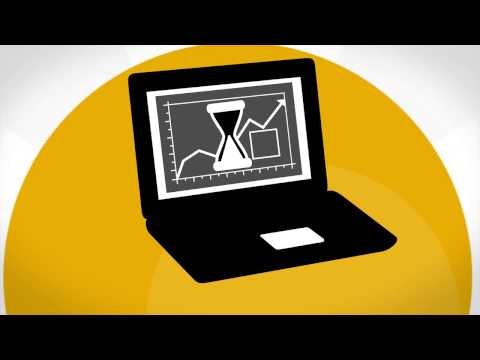EMini Trading How Long Should You Trade in Simulated Mode The Fractal Futures Trader
Post on: 20 Июль, 2015 No Comment

Most new traders want to test their new e-mini trading skills on a trading simulator. Most new students can easily obtain a trading simulator from a reputable futures broker. The general line of thinking is to master e-mini trading on a simulator and then move to trading an actual live account. From the onset, I want to say that there is nothing inherently wrong with trading simulators other than they are the trading equivalent of video games. In short, there are no consequences for making either good or bad decisions.
For me, the lack of trading consequences leads to long-term problems.
As difficult as it may seem to believe, I have several students in my trading room who have been e-mini trading on simulators for several years. I frequently ask them why they have not moved to trading with real money, and they respond that “they want to completely understand trading before moving to an actual live account.” Of course, the real problem in this equation is fear of failure, and putting off an actual test of their trading skills is a suitable substitute for dealing with the issue of actually winning and losing trades. Even the best traders make trades that lose money. I have been trading for most of my life, and have entire days that end up in the negative column. I dont enjoy losing, but it is a fact of life in the world of trading. I have even had periods of time where my trading style was not in tune with the market and I have had losing weeks, and occasionally even a losing month. It doesnt happen often, and never in recent years, but learning to deal with losing trades is part and parcel of learning to trade.
On the other hand, I like for students to use an e-mini trading simulator for several weeks so that they can learn the features of a trading platform like:
• How to place a trade at a specific price
• How to set up stop loss orders
• How to set up staggered profit targets
• Learn the general operating features of a trading platform

• Place simulated trades to get a feel for how the price action looks on a DOM.
In short, simulators are great places to learn how to operate a trading platform and implement the trading strategies the new student has been learning. But when fear begins to replace the learning feature of a trading simulator, it is my experience that most traders seldom make the transition from simulator to trading actual money. Until traders can make that quantum leap from pretend trading to real trading they are doing themselves a great disservice and would probably be best served spending their time in an avocation more suited to their psychological and emotional parameters. Trading is not for everyone.
So, if you have been e-mini trading on a simulator for more than a year I would have a heart to heart conversation with myself. After a year of learning, you should be able to initiate a good number of winning trades, and experience some losing trades. Each trading experience is a learning moment and in order to learn you have to be an actual participant; extended time spent on a simulator is little more than participating in trading as a spectator. This is something for you to consider and take to heart.
In summary, we have pointed out some excellent benefits associated with simulated trading and pointed out that an extended period spent in simulated trading may not be beneficial to a new trader. It is my opinion that traders should learn to trade on live accounts. In short, get off the sidelines and onto the field of play.














